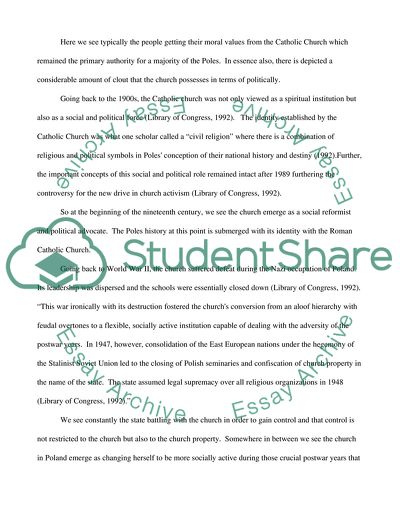Cite this document
(Impact of Religion in Modern World Essay Example | Topics and Well Written Essays - 3000 words, n.d.)
Impact of Religion in Modern World Essay Example | Topics and Well Written Essays - 3000 words. Retrieved from https://studentshare.org/religion-and-theology/1704019-religious-studies-tma03
Impact of Religion in Modern World Essay Example | Topics and Well Written Essays - 3000 words. Retrieved from https://studentshare.org/religion-and-theology/1704019-religious-studies-tma03
(Impact of Religion in Modern World Essay Example | Topics and Well Written Essays - 3000 Words)
Impact of Religion in Modern World Essay Example | Topics and Well Written Essays - 3000 Words. https://studentshare.org/religion-and-theology/1704019-religious-studies-tma03.
Impact of Religion in Modern World Essay Example | Topics and Well Written Essays - 3000 Words. https://studentshare.org/religion-and-theology/1704019-religious-studies-tma03.
“Impact of Religion in Modern World Essay Example | Topics and Well Written Essays - 3000 Words”. https://studentshare.org/religion-and-theology/1704019-religious-studies-tma03.


